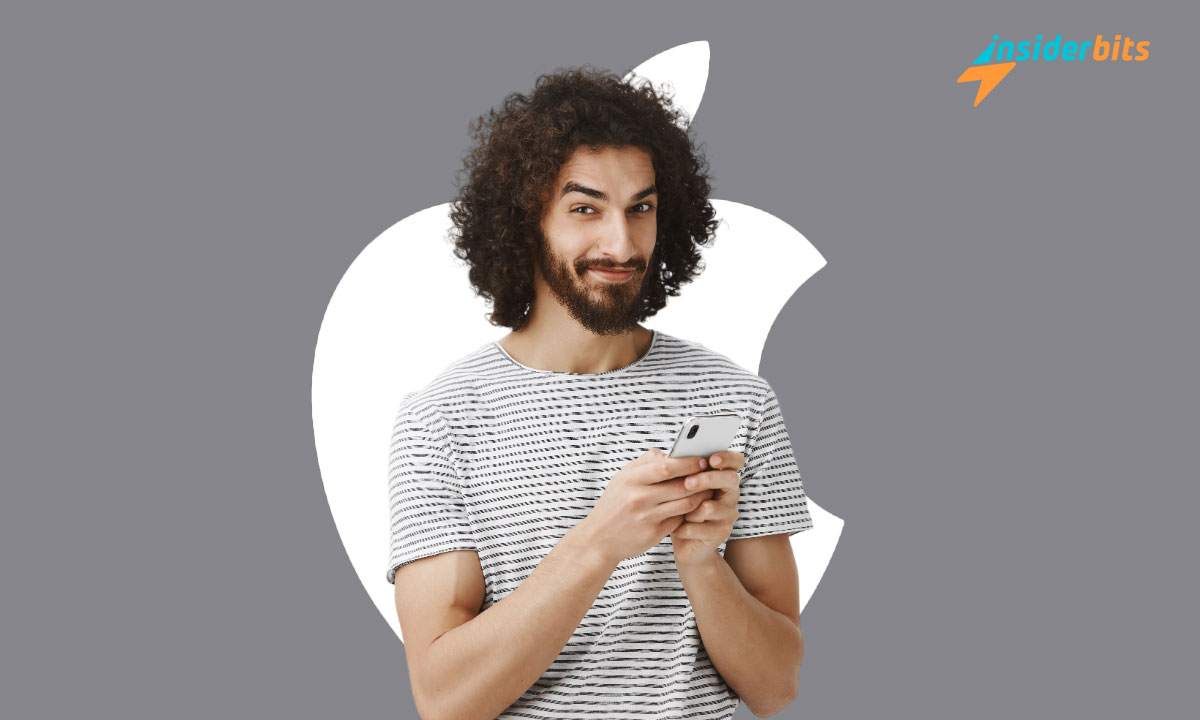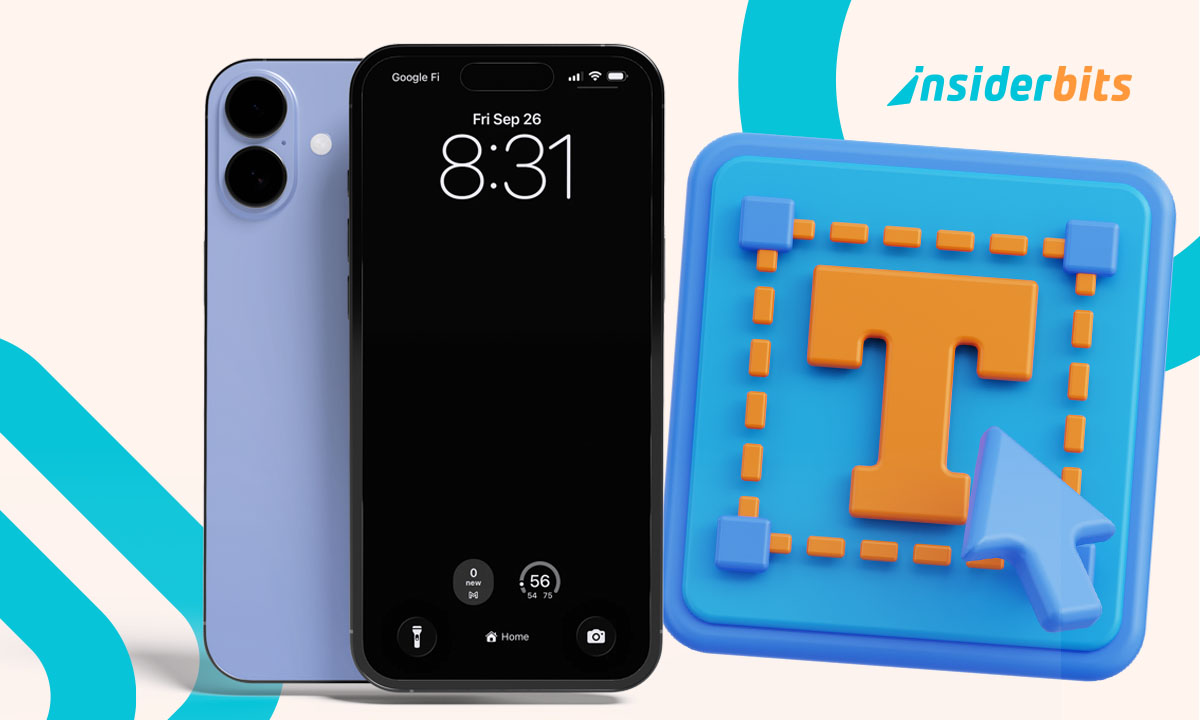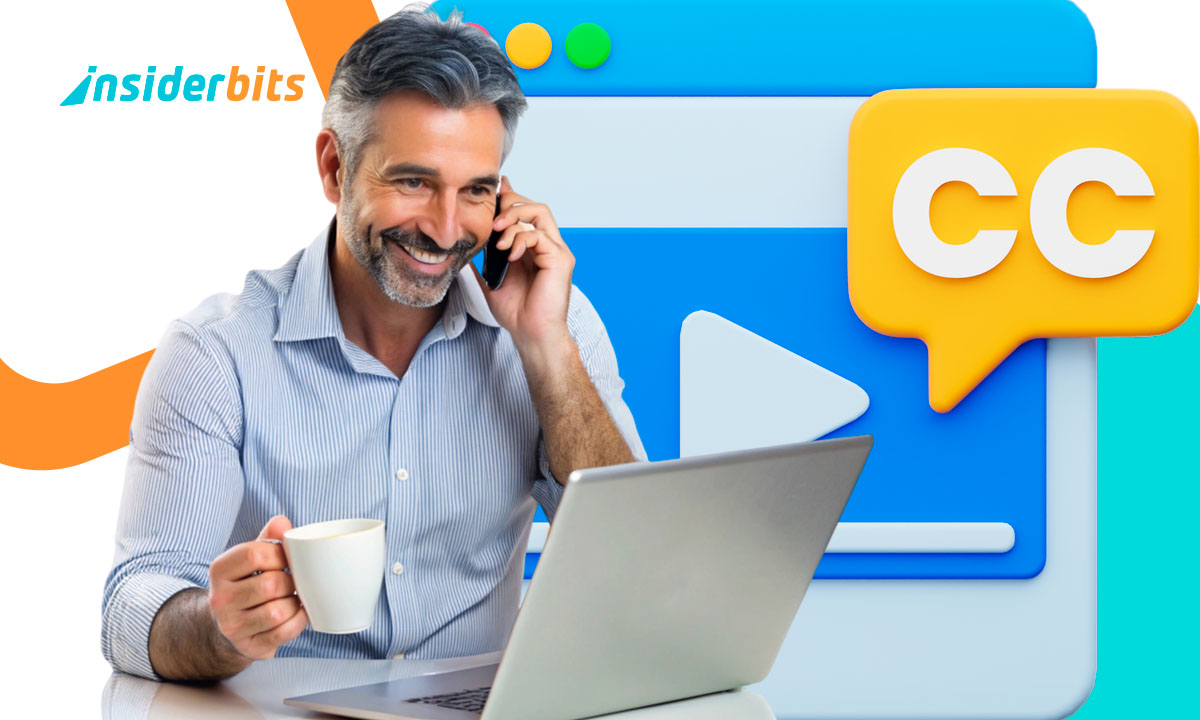Welcome to the ultimate guide on how to connect your Apple devices! With the ever-growing range of Apple products, it’s essential to know how to connect and integrate them seamlessly.
By following our step-by-step instructions, you’ll be able to enjoy the full potential of your Apple ecosystem and other connectivity methods, ensuring a smooth and efficient experience.
Let’s get started!
Some Ways to Connect Apple Devices:
Wi-Fi:
Apple devices support joining Wi-Fi networks using various authentication and encryption methods like WPA, WPA2, WPA3, and more.
Users can configure their devices to join available Wi-Fi networks automatically, and iOS and iPadOS support a default VoIP service configuration.
Bluetooth:
Apple devices can build device-to-device interactions using the Network Framework, enabling seamless communication pathways between devices like iPhone, iPad, and Apple Watch.
The DeviceDiscoveryUI framework simplifies the process of discovering and connecting devices, enhancing cross-device connectivity experiences.
USB:
Apple devices support USB connectivity, allowing users to connect their devices to computers or other peripherals using USB cables. This connection method is commonly used for charging, data transfer, and connecting to external devices like displays, keyboards, and mice.
For example, the iPad Pro supports USB-C connectivity, enabling users to connect various USB-C accessories and peripherals to the device.
NFC:
Apple devices also support NFC technology, which allows for short-range wireless communication between devices. NFC is primarily used for Apple Pay, enabling users to make contactless payments with their iPhones and Apple Watches.
Additionally, NFC can be used for pairing devices, sharing data, and interacting with NFC tags and readers. For instance, the iPhone 7 and later models support NFC with reader mode, allowing users to read NFC tags and interact with NFC-enabled devices.
Data Sharing Options for Apple Devices:
File Transfer:
iOS devices offer various methods for file transfer, including iCloud, iTunes, Finder, AirDrop, third-party apps like Dropbox and Google Drive, and direct transfer via USB.
Users can seamlessly transfer files between their iOS devices and other platforms using these methods, ensuring efficient data movement.
Miroir d'écran :
iOS devices support screen mirroring through features like AirPlay. With AirPlay, users can wirelessly mirror their device’s screen to compatible devices like Apple TV, allowing for easy sharing of content, presentations, and more.
Tethering:
Tethering, also known as Personal Hotspot, enables iOS devices to share their internet connection with other devices like laptops or tablets.
Users can turn on the Personal Hotspot feature on their iPhone or iPad to provide internet access to other devices via Wi-Fi, Bluetooth, or USB connection, ensuring connectivity on the go.
Apple Devices Sharing Tools:
For better management and control of device usage statistics, screen time, and app usage data, iOS devices provide a range of apps and features that enable users to monitor and manage their device usage effectively:
Apple’s Screen Time:
Apple’s Screen Time is a built-in feature for iOS devices that helps users monitor and manage their screen time.
It provides detailed reports on device usage, including how much time is spent on specific apps, how often the device is picked up, and what apps send the most notifications.
To share Screen Time settings and reports across all your devices where you’re signed in with the same Apple ID, you can turn on the “Share Across Devices” option in the Screen Time settings.
Family Sharing:
Family Sharing is another useful feature that allows parents to set up parental controls for their children’s devices and limit app usage. This feature can help families manage their device usage and ensure that children are not spending too much time on their devices.
How To Connect Your Apple Devices – A Comprehensive Guide – Conclusion
By leveraging the features and functionalities discussed in this guide, you can enhance connectivity, streamline data sharing, and effectively manage your device usage. Embrace the possibilities that come with connecting your Apple devices and unlock the full potential of your tech-savvy lifestyle.
Stay connected, stay informed, and make the most of your Apple devices with confidence and ease!
En rapport : Apple Vision Pro : Une expérience visionnaire
Cet article vous plaît ? Ajoutez le blog Insiderbits à vos favoris et visitez-nous chaque fois que vous voulez apprendre de nouvelles informations passionnantes sur la technologie et bien plus encore !





